How Buddhist, Christian, and Islamic holidays are celebrated in Korea
THE MEANING of holidays has now been taken over by a day of relaxation for many in the secular world, or simply a day off from work. However, the essence of holidays often holds religious significance, meant to honor a group of people or commemorate an important day in a certain religion. The unique customs and festivals reflect the virtues and beliefs of each religion. To explore how different religious groups in Korea celebrate their respective holidays, The Yonsei Annals visited Cheongnyangsa Temple, Yakhyeon Catholic Church, and Seoul Central Masjid.
Cheongnyangsa Temple
Vesak, or "Buddha Day," is the most important holiday in Buddhism as it celebrates the birth, enlightenment, and death of the Buddha. It is celebrated on the day of the full moon in May[1]. The celebration begins with the gathering of Buddhists in their temples, where they hoist Buddhist flags and sing hymns of praise. Offerings of flowers, candles, and joss sticks convey the Buddhist message of the ever-changing human life. Buddhists around the world following the teachings of compassion, peace, and devotion based on humanity try to practice the lessons on this day, releasing animals in captivity, meditation, or listening to the words of monks[2]. The long history and worldwide spread of Buddhism have resulted in the growth of various festival cultures and customs among countries. However, the core of the celebration lies in the Buddhist spirit and the progression on the path to enlightenment[3].
Cheongnyangsa Temple, located in Dongdaemun-gu, is known to have been built during the Unified Silla period. It is highly valued as the temple serves as a home to several pieces of cultural heritage. On the day of Vesak, the temple is filled with colorful lanterns and lotus ornaments in celebration of the birth of Buddha. The lighting ceremony and lantern procession are held together with other temples located nearby. In Korea, Vesak is not only a religious holiday but also a national holiday to celebrate the official start of spring and the revival of nature. The lighting ceremony is a means to spread the Buddhist enlightenment from a religious perspective, but at the same time, it is also a traditional ritual of the Korean agrarian society which emphasizes the value of life[2].
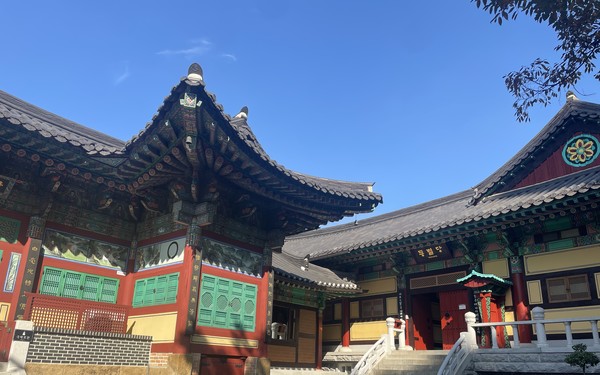
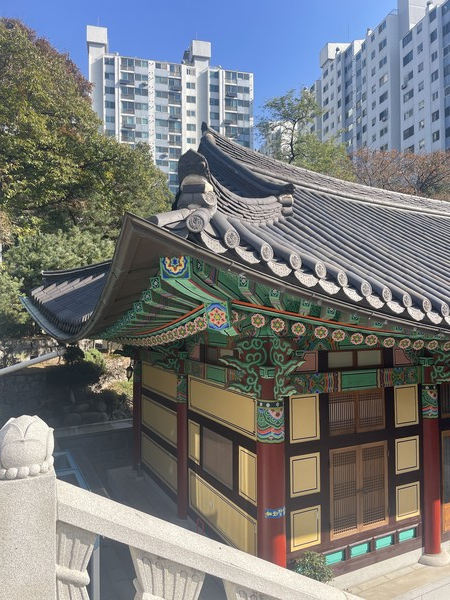
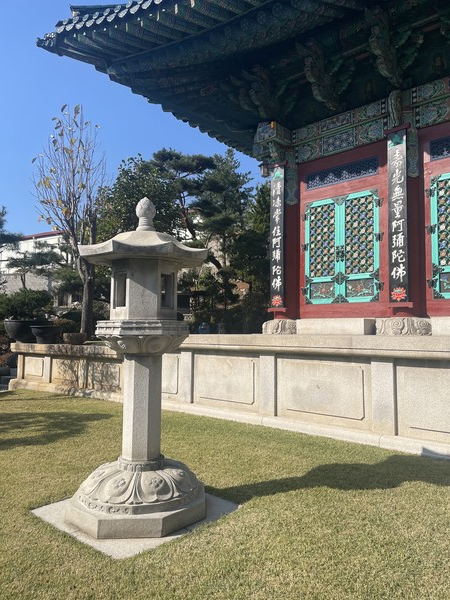
Yakhyeon Catholic Church
Christmas is one of the most celebrated holidays worldwide, commemorating the birth of Jesus Christ on December 25. Christmas has come to be known as more of a couple-oriented holiday in Korea compared to Western countries, but gift exchanges among family and friends and Christmas tree decorations are still universal traditions that bring people joy. As it is also the most important day in Christianity, the religious rituals for Christmas are strictly followed by churches in Korea. Catholic churches begin preparing for the coming of Christ four weeks before Christmas in a period called the “Advent,” which includes the Immaculate Conception, the feast of Saint Nicholas, and more. Churches hold the Midnight Mass starting on Christmas Eve, the first liturgy of Christmastide, followed by the Dawn Mass, and finally the Christmas Day Mass[4].
Yakhyeon Catholic Church has carried a long history since its establishment in 1892. It was built as a memorial of Korea finally gaining religious freedom in the 23rd year of King Gojong’s reign during the Joseon dynasty. It is the first Western-style church in Korea, with buildings of low arched windows and a pointed-arch entrance gate. Named after yak-hyeon-jeon, meaning a hill of medicinal herbs in Korean, the church is surrounded by herb plantations to serve the king[5]. The holy building creates a beautiful scenery in the winter: compared to the humble beauty of the chapel found in the old wooden chairs and podium, the sunlight low in the sky shines through the stained glasses of vivid colors. Similar to other Catholic churches, Yakhyeon Catholic Church follows the Christendom tradition of starting the celebration on the evening of December 24, as the birth of Christ is believed to have occurred at night. It is followed by Mass, the central liturgical service[4].
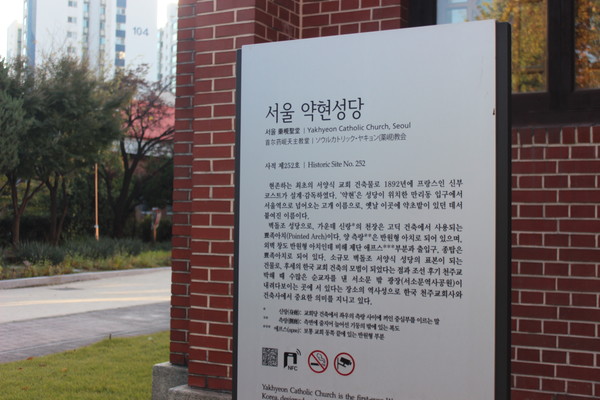
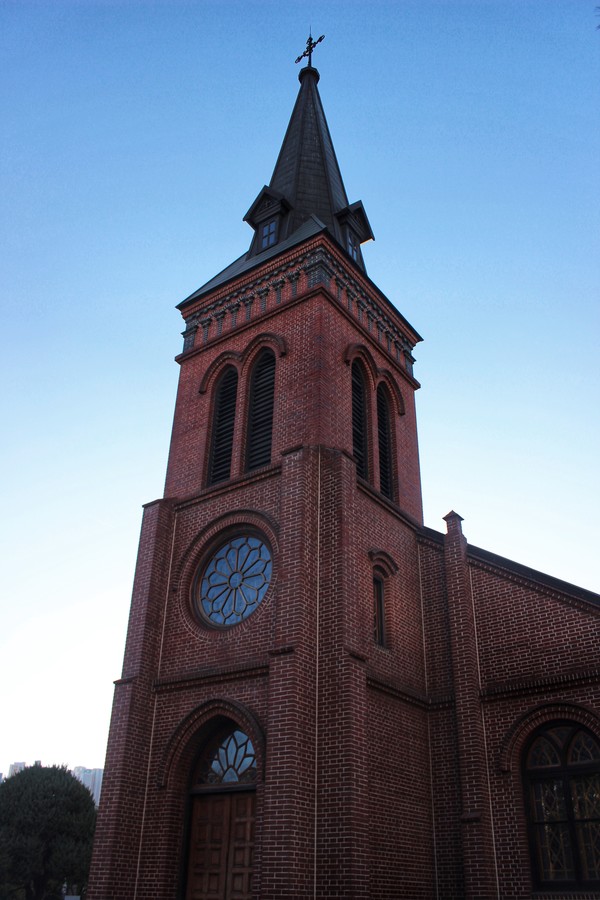
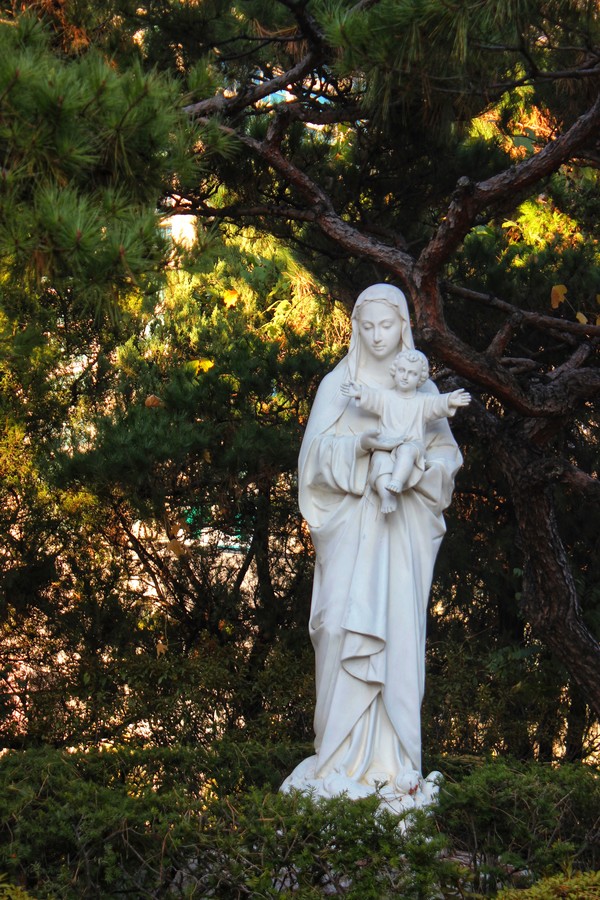
Seoul Central Masjid
The two major holidays celebrated in the Muslim community are Eid al-Fitr and Eid al-Adha. Translated as “the festival of the breaking of the fast,” Eid al-Fitr marks the end of Ramadan. After two months, it is followed by Eid al-Adha, or “the feast of sacrifice.” Muslims attend prayers for both festivals early in the morning and follow a set of traditions, including wearing new clothes, eating sweet treats, reciting a short prayer called takbeer, and making donations to the poor[6].
Though Muslim culture still remains unfamiliar to some in Korea, with it only taking up 0.3% of the total South Korean population, the long history of Muslim settlement in the Korean peninsula has paved the way for the development of Islamic heritages in Korea. Seoul Central Masjid, located in Itaewon, Yongsan-gu, serves as a religious and cultural hub for Muslims residing in Seoul. With hundreds of attendees per day, mostly consisting of foreign immigrants and Korean Islamic converts, the mosque holds six sessions of prayers every day at slightly different times depending on sunrise and sunset. There are 2 prayer halls, 1 each for men and women, where praying and worshiping take place. In the annex building are lecture halls and offices for administrative services. Weekly newsletters and brochures with short explanations of Islam are provided at the entrance of the mosque. During Eid al-Fitr and Eid al-Adha, families and friends gather after the morning prayer held in the mosque, to share words of blessings and have a family meal. Through the festival period, Muslims strengthen their communities and boost their solidarity. The dates for both festivals, set according to the holy month of Ramadan, vary due to differences in moon sightings in different countries[7].
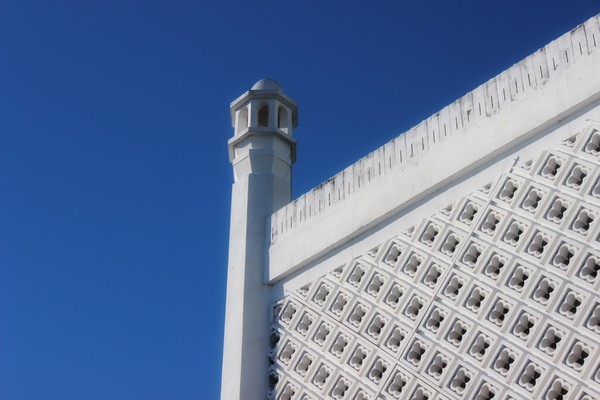
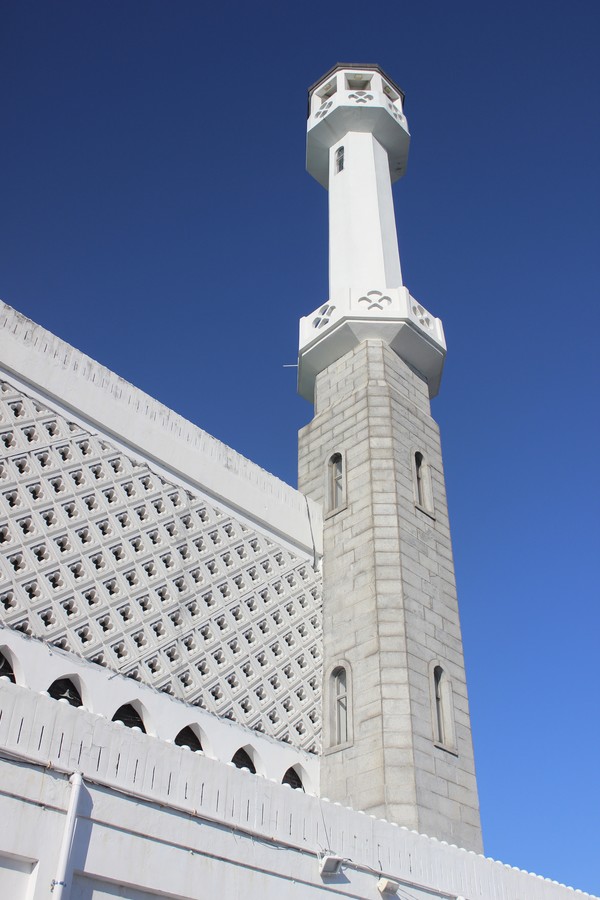
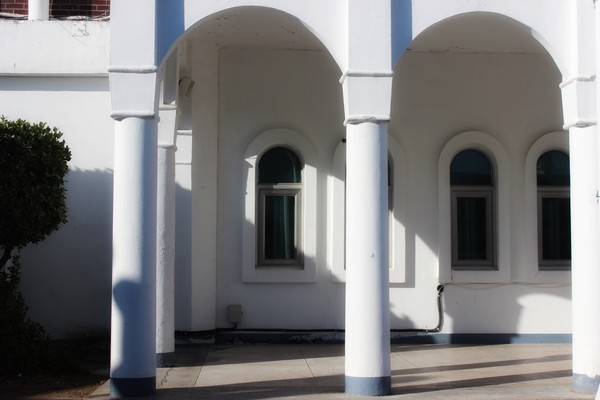
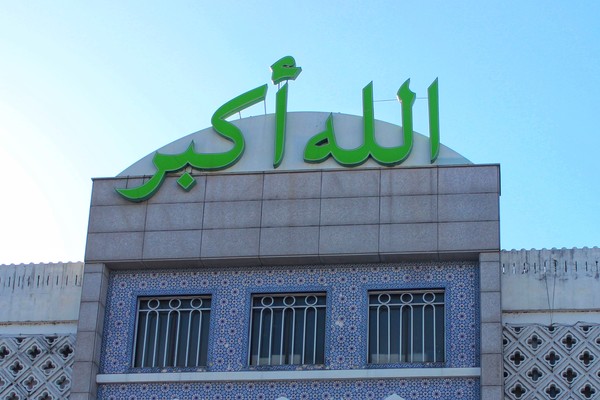
* * *
The spirits and charms of these three places of worship seem to reflect their beliefs and lessons, along with their religious heritages. Through observing the different cultural and religious artifacts of Buddhism, Christianity, and Islam, one can delve into the intrinsic meaning of holidays, and thus learn how to truly appreciate and respect the spiritual diversity.
[1] United Nations
[2] Visit Singapore
[3] Gaya Ilbo
[4] Religion Unplugged
[5] The Korea Economic Daily
[6] BBC
[7] Hindustan Times

